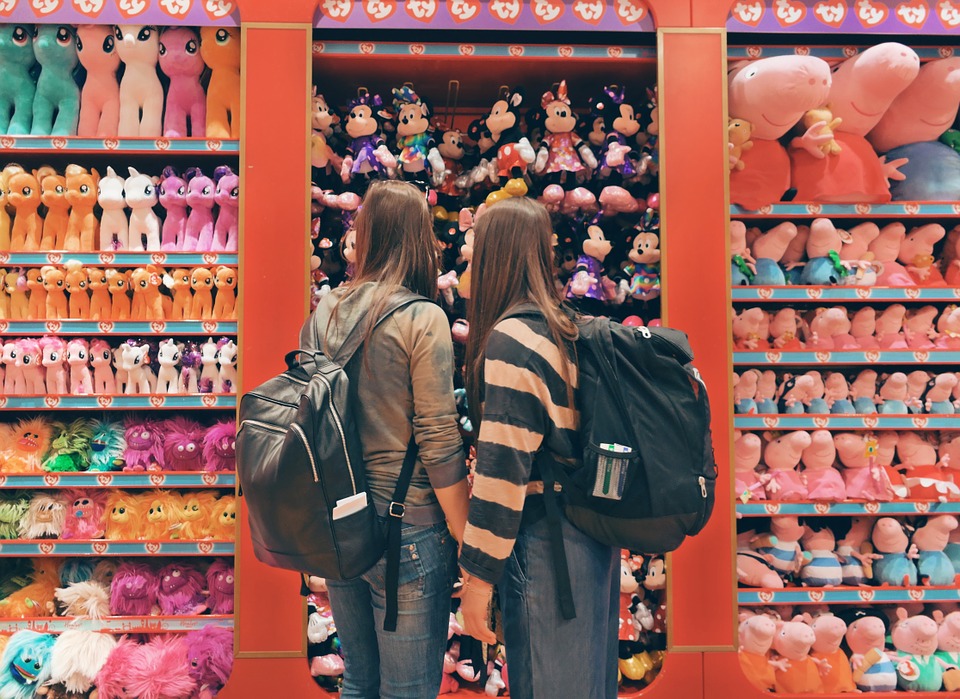According to the latest annual data (for 2017), the largest number of alerts came from Germany. The most dangerous goods on the German market are cars, which accounted for 241 hazard warnings. In particular, at that time there was a scandal with the defective airbags of the Japanese manufacturer Takata, which led to the recall of more than 100 million airbags around the world. Next, with a large margin of danger, come clothing and cosmetics, electronics and home appliances, toys and jewelry follow. As for household appliances, dishwashers are the most unreliable in Germany (36% of all reviews from the market), washing machines come second (17%).
If you take the entire European market as a whole, then the main source of danger in the EU were children's toys. They accounted for almost a third (29%) of all warnings, another 5% for child care products. On average, the EU accounted for only one fifth of all complaints (20%). The greatest threat that non-food consumer goods pose is traumatic risk (29%). This is followed by the content of harmful chemicals (22%), the probability of suffocation (17%) or electric shock (10%), fire hazard (6%). China is the largest supplier of dangerous goods to the European market, accounting for more than half (52.4%) of all cases. A quarter of substandard products was produced in Europe itself.
source: theregister.co.uk
If you take the entire European market as a whole, then the main source of danger in the EU were children's toys. They accounted for almost a third (29%) of all warnings, another 5% for child care products. On average, the EU accounted for only one fifth of all complaints (20%). The greatest threat that non-food consumer goods pose is traumatic risk (29%). This is followed by the content of harmful chemicals (22%), the probability of suffocation (17%) or electric shock (10%), fire hazard (6%). China is the largest supplier of dangerous goods to the European market, accounting for more than half (52.4%) of all cases. A quarter of substandard products was produced in Europe itself.
source: theregister.co.uk





